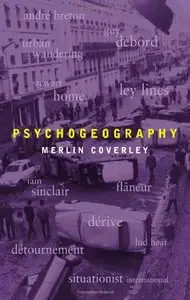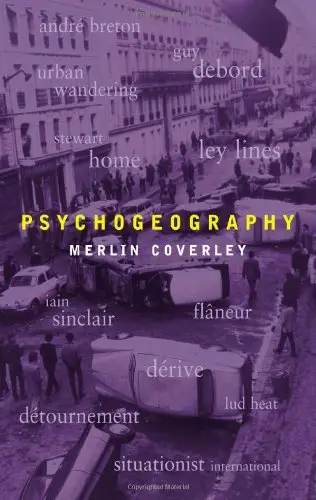Psychogeography, 2nd edition by Merlin Coverley
English | 2010 | ISBN: 1842433474 | 160 pages | EPUB | 3 MB
English | 2010 | ISBN: 1842433474 | 160 pages | EPUB | 3 MB
Psychogeography. Increasingly this term is used to illustrate a bewildering array of ideas from ley lines and the occult, to urban walking and political radicalism. But where does it come from and what exactly does it mean?
Psychogeography is the point where psychology and geography meet in assessing the emotional and behavioural impact of urban space. The relationship between a city and its inhabitants is measured in two ways - firstly through an imaginative and literary response, secondly on foot through walking the city. PG creates a tradition of the writer as walker and has both a literary and a political component.
This book examines the origins of Psychogeography in the Situationist Movement of the 1950s, exploring the theoretical background and its political applications as well as the work of early practitioners such as Guy Debord and Raoul Vaneigem. Elsewhere, psychogeographic ideas continue to find retrospective validation in much earlier traditions from the visionary writing of William Blake and Thomas De Quincey to the rise of the flâneur on the streets of 19th century Paris and on through the avant-garde experimentation of the Surrealists. These precursors to Psychogeography are discussed here alongside their modern counterparts, for today these ideas hold greater currency than ever through the popularity of writers and filmmakers such as Iain Sinclair and Peter Ackroyd, Stewart Home and Patrick Keiller.
From Urban Wandering to the Society of the Spectacle, from the Dérive to Détournement, Psychogeography provides us with new ways of apprehending our surroundings, transforming the familiar streets of our everyday experience into something new and unexpected. This guide conducts the reader through this process, offering both an explanation and definition of the terms involved, an analysis of the key figures and their work as well as practical information on Psychogeographical groups and organisations.



